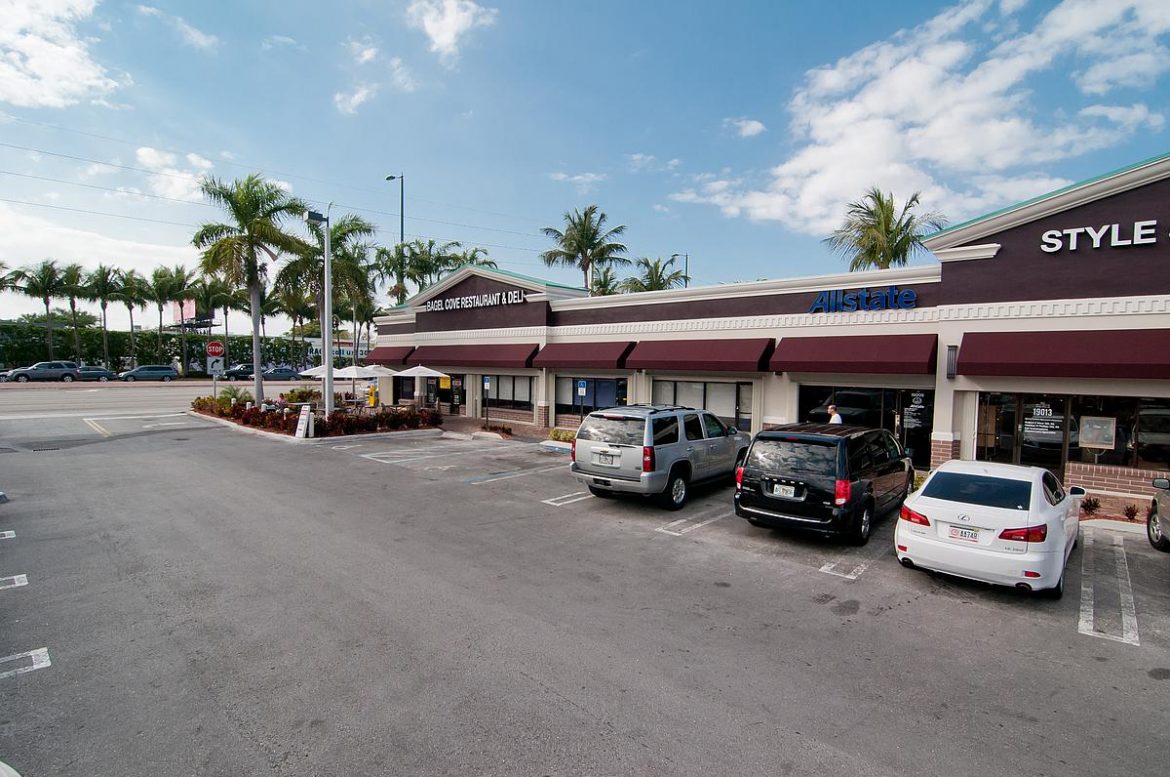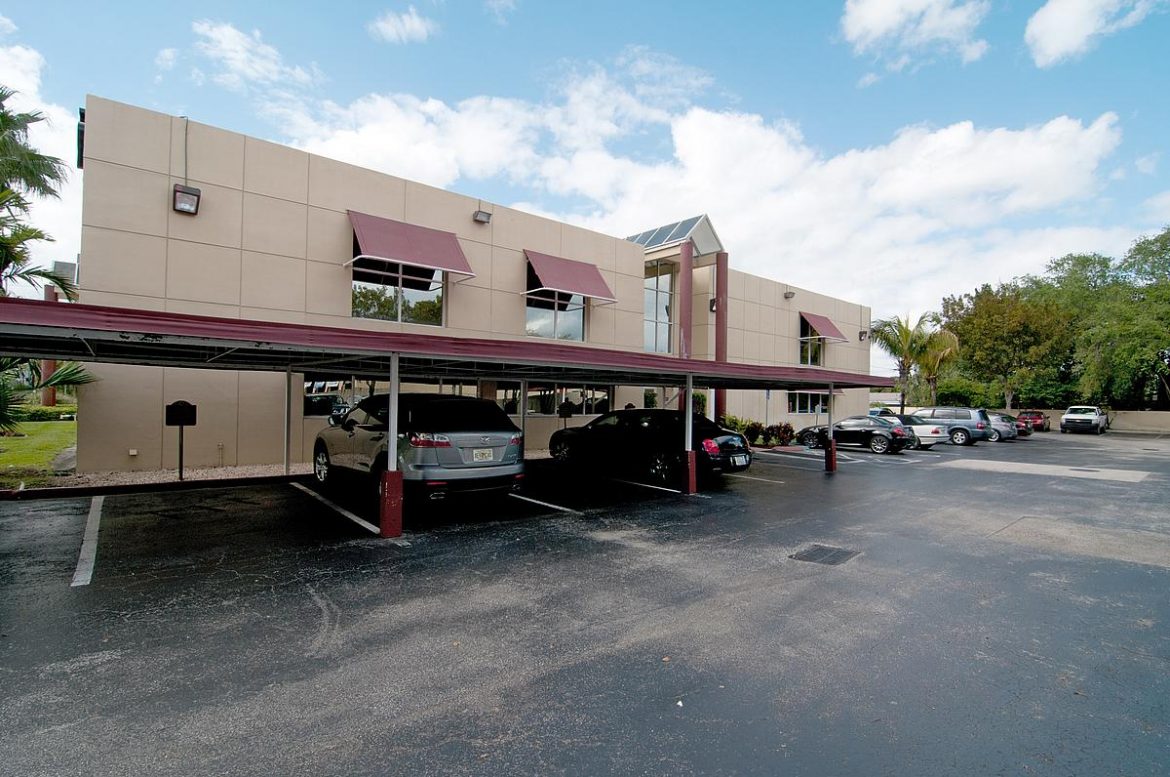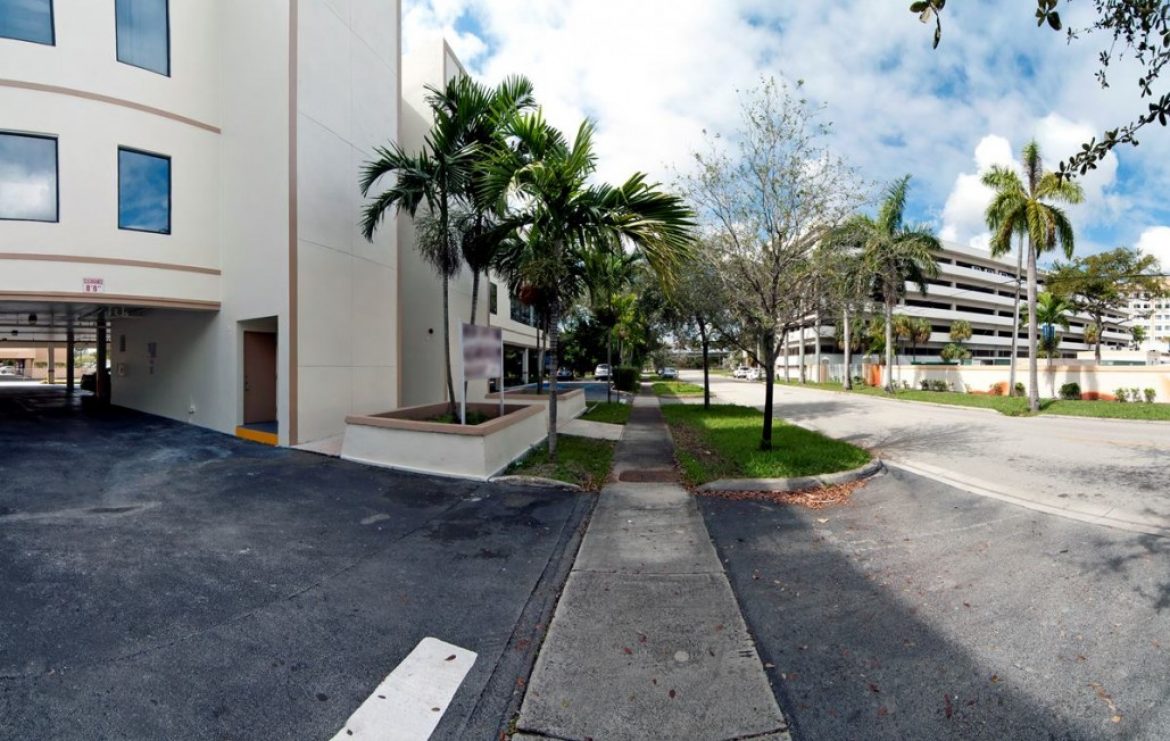Employment and population growth continue to fuel Miami’s multifamily market across all segments.
With more than $3 billion in originations in South Florida and 146 loans granted in 2018, Berkadia is one of the region’s largest commercial mortgage lenders.
As part of its expansion in Florida, Berkadia hired Charles Foschini as senior managing director back in 2016. In an interview with Multi-Housing News, Foschini talks about Miami’s current multifamily investment trends and how new supply will impact the market. He also shares his predictions for the metro’s multifamily landscape for the next 12 months.
Foschini: Miami’s market is incredibly vibrant, but it’s also unlike most other major metro markets in that we have so much wealth imported here from other parts of the country and flight capital from around the world. That said, there are three distinct changes we’ve seen in the past two years.
First, there’s extraordinary demand for multifamily product not only as a result of strong job and population growth but also due to the limited inventory of affordably priced single-family homes. A shortfall of homes priced at $250,000 or below has prolonged renting for many would-be first-time homebuyers and those who lost their homes during the housing market collapse of 2008. At the same time, more people across the age and income spectrum—from Millennials to retirees—are renting by choice. They like the choice amenities many new developments offer and the worry-free lifestyle of renting.
Lastly, there has been an extraordinary amount of urban infill development in this cycle, not just in Miami’s downtown, although that’s practically unrecognizable from just five years ago but also in other urban submarkets. We’ve seen an incredible amount of new multifamily development directly on or adjacent to mass transit rail lines. In a city with incredible traffic congestion, walkability is a huge draw.
Construction is expected to mark a new cycle high with more than 16,000 units delivered by year’s end, according to Yardi Matrix. How will the new supply impact the Miami market?
Foschini: The new supply will be absorbed. Demand is still incredibly strong. More than 900 people are moving to Florida every day and our population is expected to soar to 22 million over the next three years. Absorption continues to outpace deliveries by about two to one in South Florida at large. The reality is that Miami is really a confined space, a peninsula. There are only 13 miles between the Everglades to Biscayne Bay and that’s all the land there is.
There is a need for new rental product in just about every submarket to lower the impact of the car and lessen commutes. In some areas like the Central Business District, Brickell and Miami Beach, you have all the elements of a true live-work-play environment already in place, but in emerging areas of the city that don’t have a direct tie to our rail lines, the easiest way to do that is to add high-quality residential communities near centers of employment—in submarkets like Doral or North Miami for example.
Which Miami submarkets are most attractive for investors and developers? Why?
Foschini: Miami is so dense that any area can be successful. The key is finding land at a value where you can hit your return on cost and make a profit. With that in mind, developers are finding some interesting deals in neighborhoods that are still technically in the city, but west of Interstate 95—neighborhoods like Allapatah, Opa-Locka and even Hialeah.
How is investment in the metro responding to the current economic environment?
Foschini: It’s extremely healthy—our commercial sectors are really thriving. In fact, ownership in the CBD has become increasingly institutional and the level of long-term investment in Miami from institutional and global capital is impressive. There are several high-profile, long-term infrastructure projects that are going to create new jobs and demand for housing. Absorption may slow as a result of all the new deliveries, but projects are filling up over time and most are hitting their rent and investment objectives.
What can you tell us about financing multifamily projects in Miami? How has the process changed in the past few years?
Foschini; In this cycle, lenders have maintained their discipline and seasoned developers have come to the table with more equity and more patient capital than we’ve seen in the past. That has allowed for more projects to get off the ground and have the breathing room to lease up. The market has no shortage of capital in both a recourse and non-recourse format. Banks, life companies and—on larger deals—debt funds have all stepped in to bring projects out of the ground.
As developable land in South Florida becomes scarcer, how do you see construction activity going forward? What about the cost of construction financing?
Foschin: Land is scarcer, that’s true, but there is no shortage of opportunity. As the highest and best use of land evolves, we will see more existing projects such as shopping centers and small offices come down to make way for redevelopment as multifamily. It is my belief that lenders’ spreads have been higher than in previous cycles and they were able to get away with it because the baseline indexes were so low. I believe that if the indexes trend up, competition will push spreads down and the environment, at least on the debt side, will remain favorable.
What are your overall market predictions for the next 12 months?
Foschini: Existing projects will continue to lease up and new projects that are well thought out and have well-capitalized and experienced operators, will get funded. Investment sales activity will be slower—that’s a given since a lot of product has been picked over and traded in this cycle—but there will still be activity from developers and investors who are creative and capitalize on things like access to mass transit, Opportunity Zone incentives etc. Overall, the demand from the investment community for product in Miami and South Florida as a whole will remain strong.
Source: Multihousing News
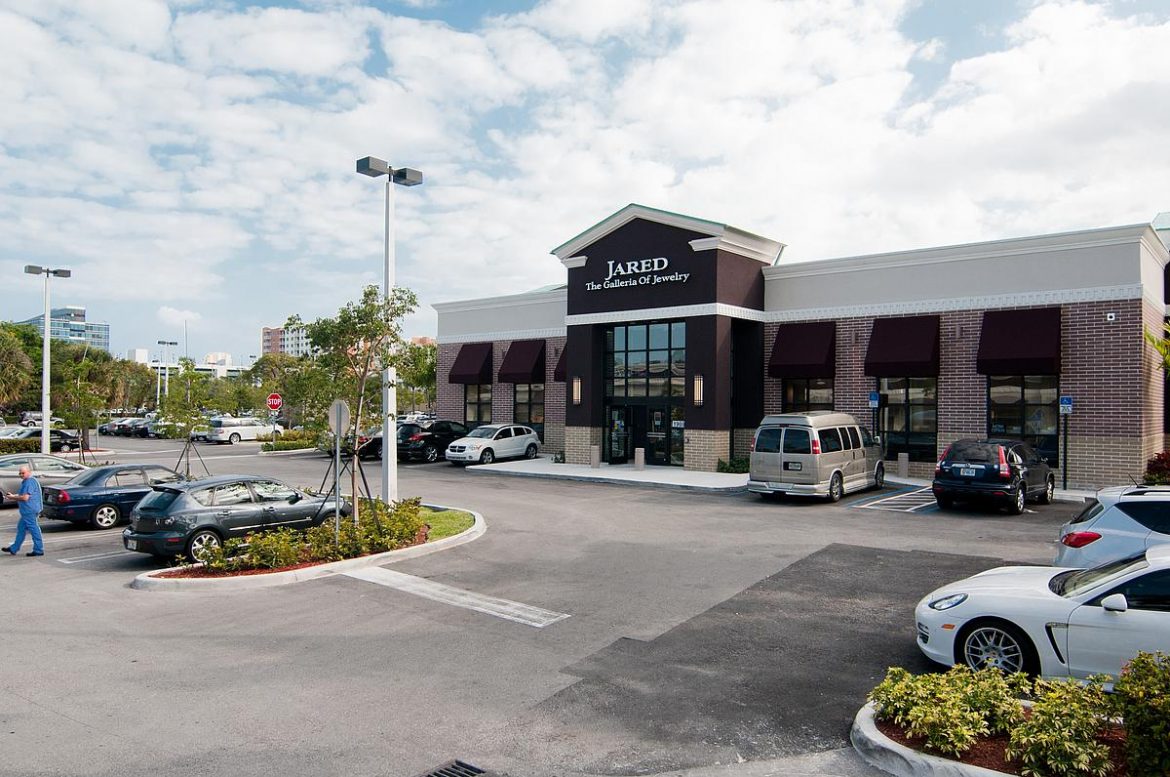

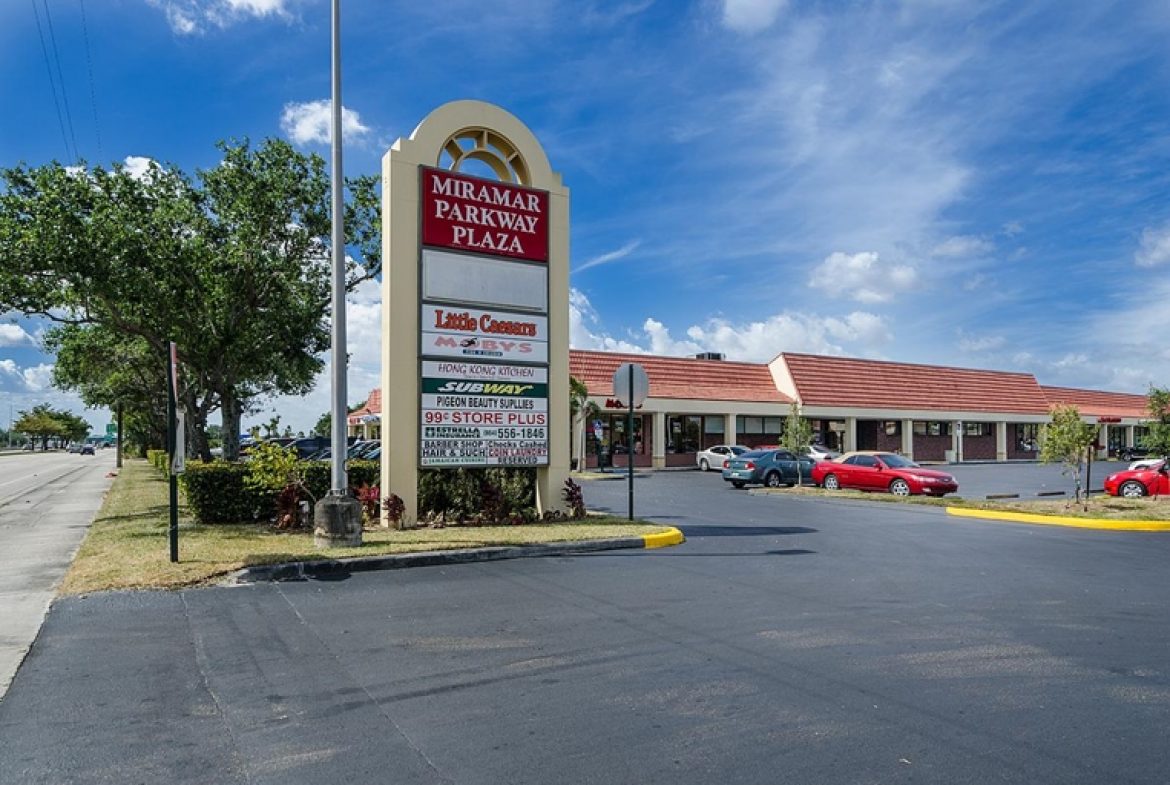
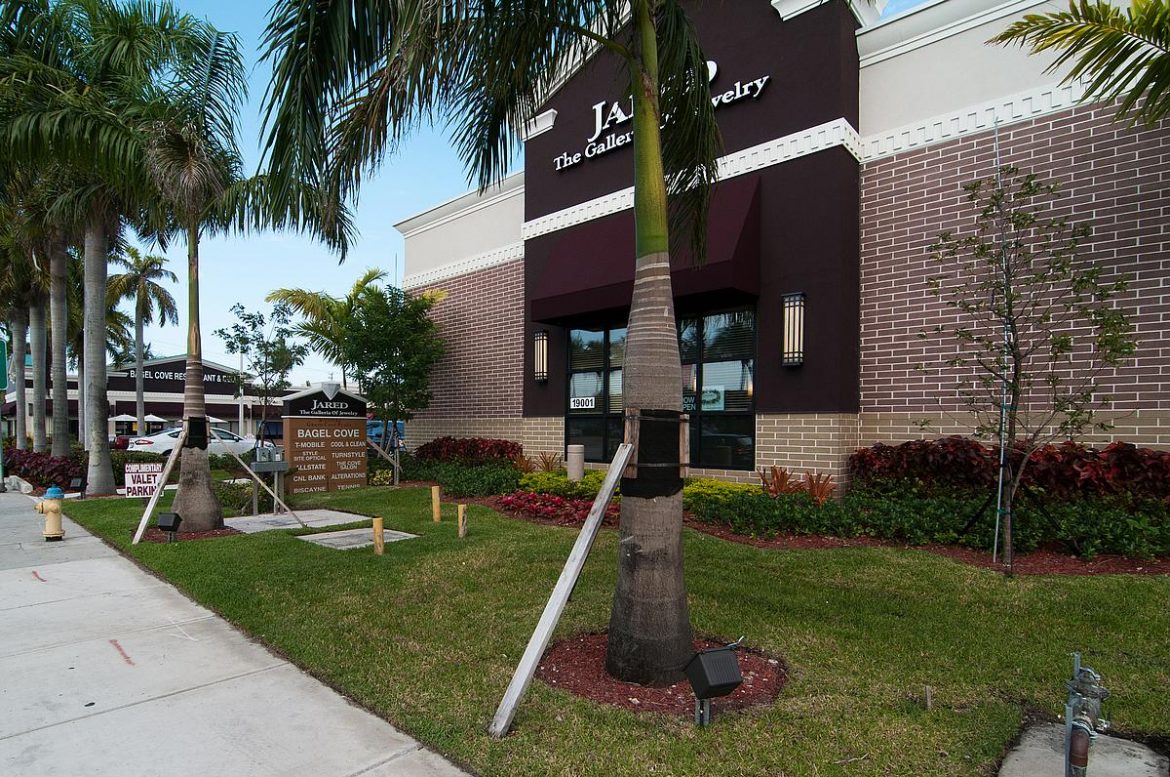
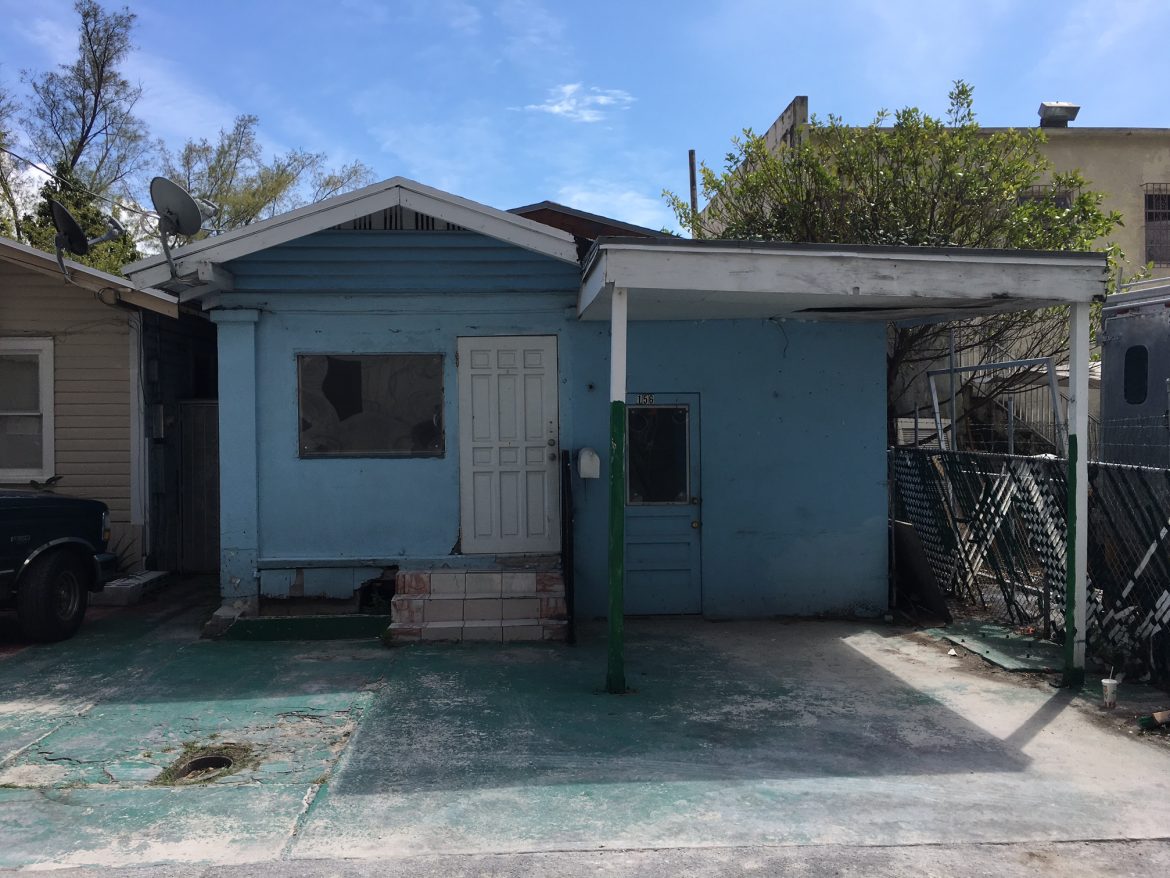
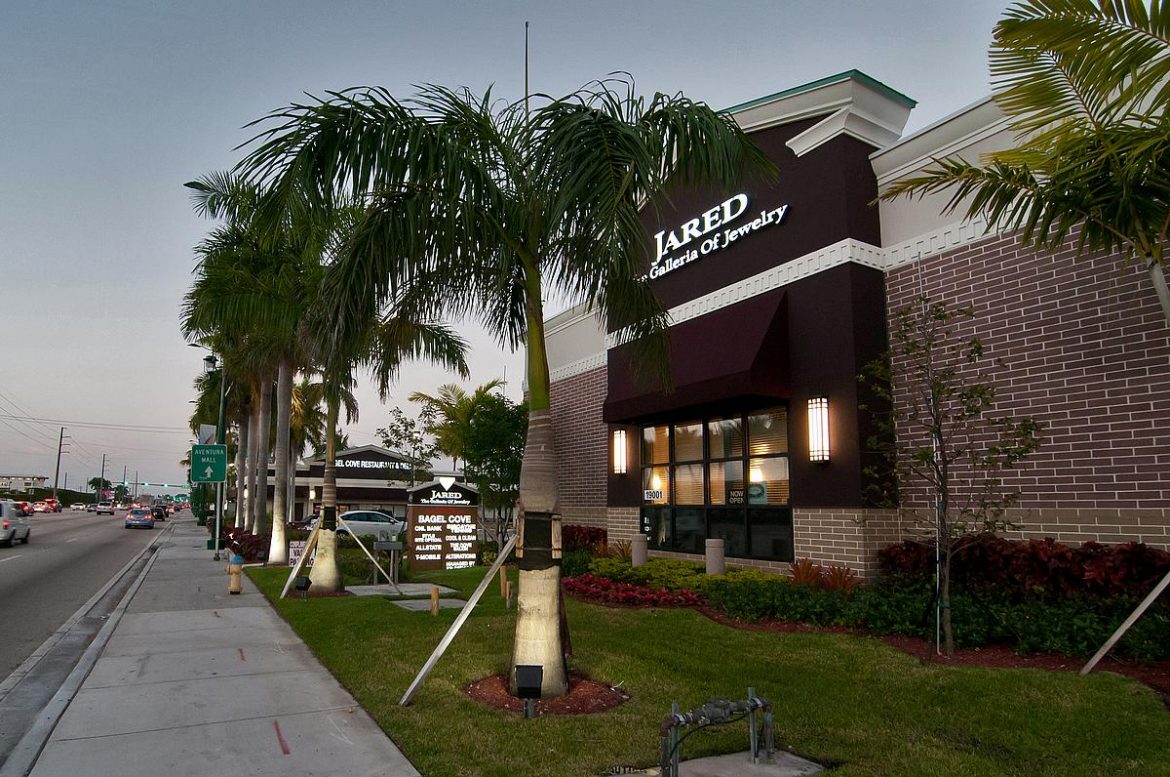
 The properties were placed on the market two weeks ago and have attracted six inquiries thus far.
The properties were placed on the market two weeks ago and have attracted six inquiries thus far.